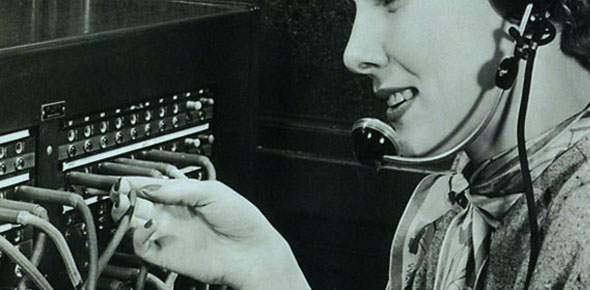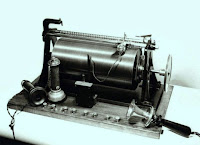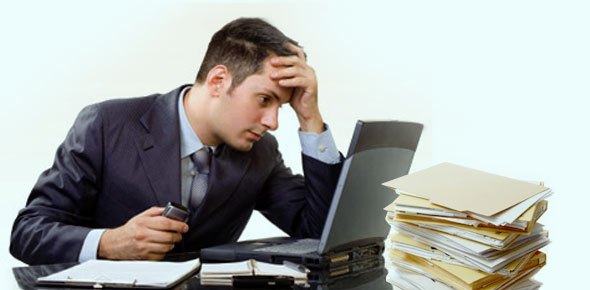
For the remaining days of her life, someone bedridden had a simple idea that turned into a legacy for her children, a business for some people, and a worthy service for the rest of the world.
In 1923, a bedridden woman named Margaret Smith realized she could still make money by taking calls for busy doctors from her bed. She might not be able to move much but she can still talk and use her mind. From there, she started her own company, Mrs. Smith’s Doctor’s Exchange. The company was under her supervision for two years, until her death. Seeing the feasibility of the business, her children took over the business, and opened it up to a wider scope of commercial clients in 1933. The company continued to succeed and eventually, in 1955, they moved their business from their home to an office block downtown. In 1980, they made use of a computerized system for their operations.
This was the start of an answering service founded by a single proprietor, representing the the number of professionals who work from their homes, making use of their own technologies to offer the service to clienteles.
On the other hand, call centers offering answering services also have their own roots. Its history goes back to 1969, many years after the birth of the answering service. The company 1-800 We Answer started similarly to Mrs. Smith’s Doctor’s Exchange, operating from a residential apartment. With the efforts of its founders, the company grew; in 1992, Robert Porter, the son of co-founder Bob Sickinger, took over the operations of the company. The company focused on businessmen and medical professionals as their clients.
 How about the technology they made use of a computerized system for their operations answering service? These tools have provided a solution for the problem of unanswered phone calls. They have dominated offices and households for years, even when the presence of the answering service already becomes prominent. People have opted to use these technologies rather than acquiring the service, since it’s more affordable for the people.
How about the technology they made use of a computerized system for their operations answering service? These tools have provided a solution for the problem of unanswered phone calls. They have dominated offices and households for years, even when the presence of the answering service already becomes prominent. People have opted to use these technologies rather than acquiring the service, since it’s more affordable for the people. The following are forms of the earliest answering machines:
Telegraphone – invented by Valdemar Poulsen, a Danish inventor, in the year 1900. It was a magnetic device, which stores the sound on a thin piece of wire. The wire would then be replayed on Polsen’s machine, where the original audio could be heard. After a few years, he updated the device to automatically answer the phone before recording the sound.
Telescribe – invented by Thomas Edison in 1914. It was a device that records audio on wax cylinders. It was based on the idea of using the phonograph as a telephone recorder. It was short-lived and the device didn’t succeed.
The First Automatic Answering Machine - German inventor Willy Muller was thought to have created the first answering machine in 1935. It was a fully automated answering device, standing at three feet tall. It served the religious communities of the Jewish Orthodoxy, who were forbidden to answer the phone during Sabbath.
Ansafone – the first answering machine sold in the US was invented by Dr. Kazuo Hashimoto, a prolific inventor in the ’50s. His device hit the market in the 1960s.
Model 400 – this was introduced by PhoneMate in 1971. It weighed 10 pounds and allowed the person to listen to the recorded message in private.
The birth and innovation of two technologies have brought services that provided options with benefits to individuals, depending on their needs.
The answering machine that can record messages, and is most suitable to be used for households, and the answering service that can cater business functions most suitable for offices and busy professionals.
Older Post:


